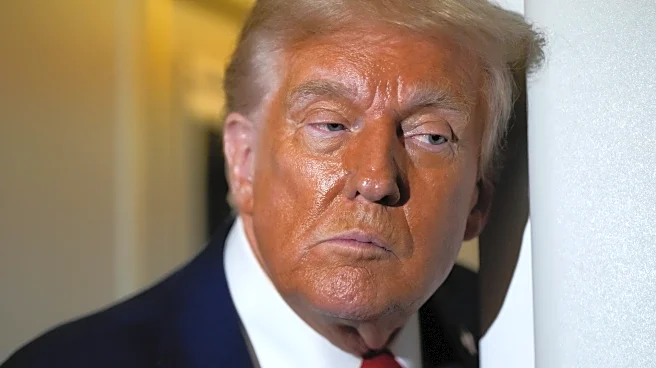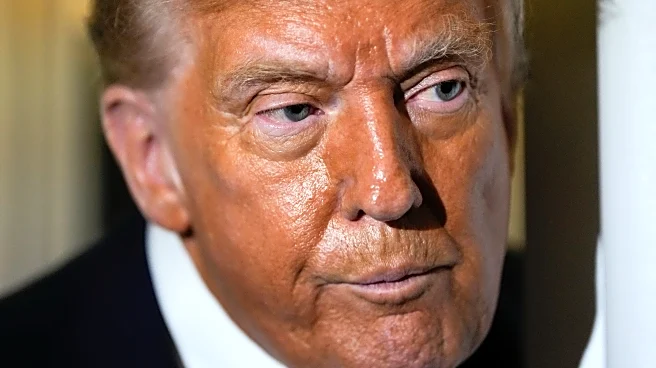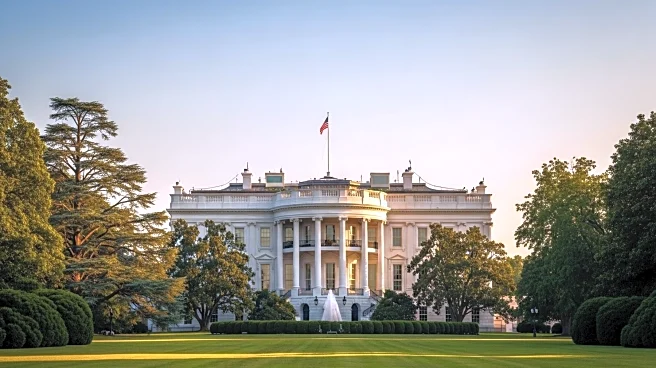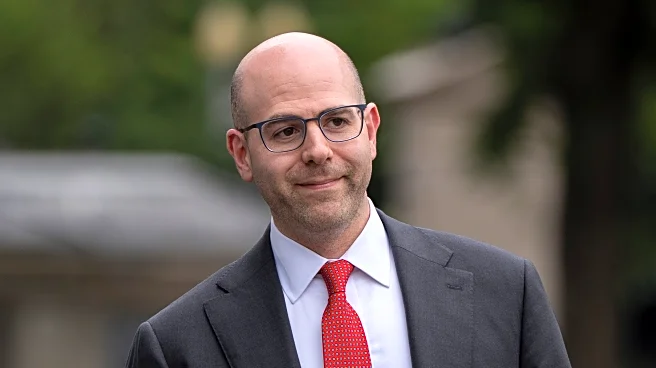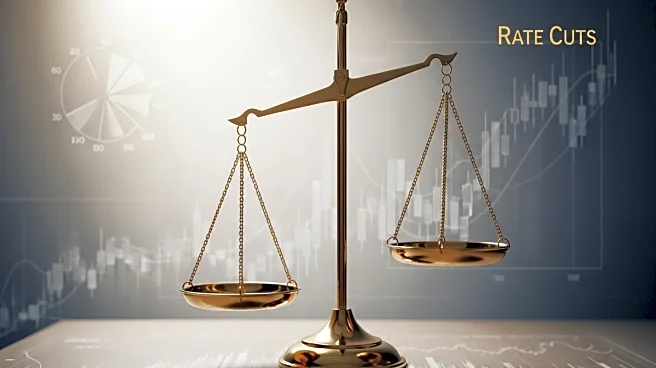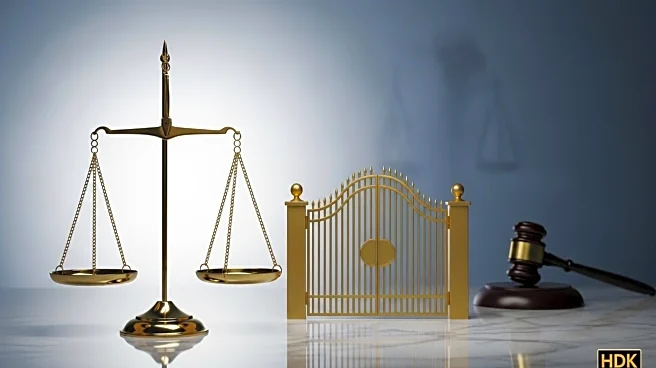What's Happening?
The Supreme Court announced it will review a 90-year-old precedent that restricts the president's ability to directly control independent agencies. This decision follows recent rulings that have allowed President Trump to remove Democratic appointees from various boards, including the National Labor Relations Board and the Federal Trade Commission. The court's conservative majority appears inclined to support the president's authority to dismiss officials at independent agencies, despite Congress's stipulations for fixed terms. The Federal Reserve Board remains a point of contention, as the court previously upheld its independence, contrasting with Trump's attempts to remove Federal Reserve Governor Lisa Cook over allegations of mortgage fraud.
Why It's Important?
This potential shift in judicial interpretation could significantly alter the balance of power between the executive branch and independent agencies. If the precedent is overturned, it would enhance presidential authority, allowing for greater influence over agencies traditionally insulated from direct political control. This change could impact regulatory practices and the stability of financial institutions like the Federal Reserve. Critics argue that such a move undermines the separation of powers and could lead to increased politicization of agency decisions, affecting industries and public policy.
What's Next?
The Supreme Court is set to hear arguments in December regarding the statutory removal protections for Federal Trade Commission members. The outcome could redefine the scope of presidential power over independent agencies, potentially overruling the Humphrey's Executor decision from 1935. Stakeholders, including political leaders and industry representatives, are likely to closely monitor the proceedings, as the decision could have far-reaching implications for governance and regulatory frameworks.

